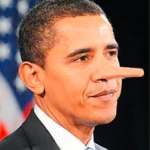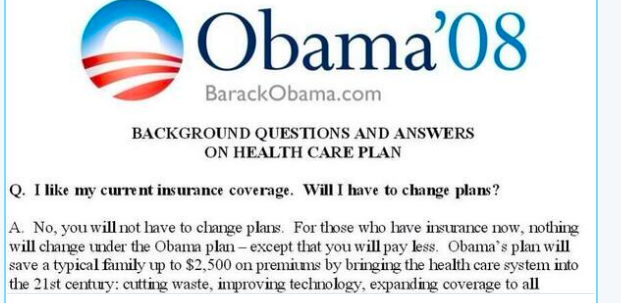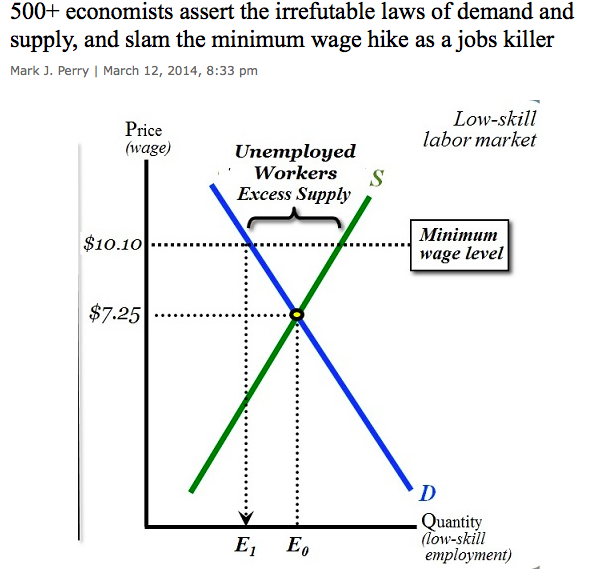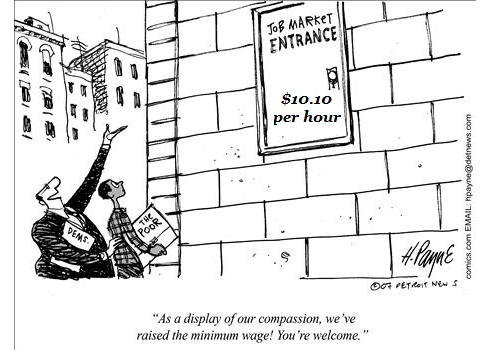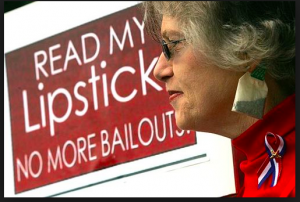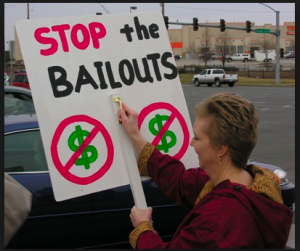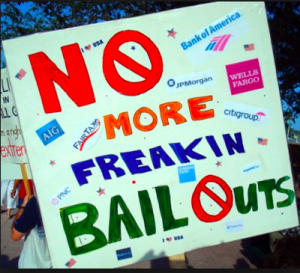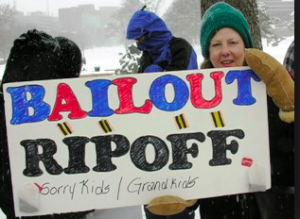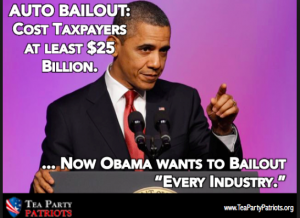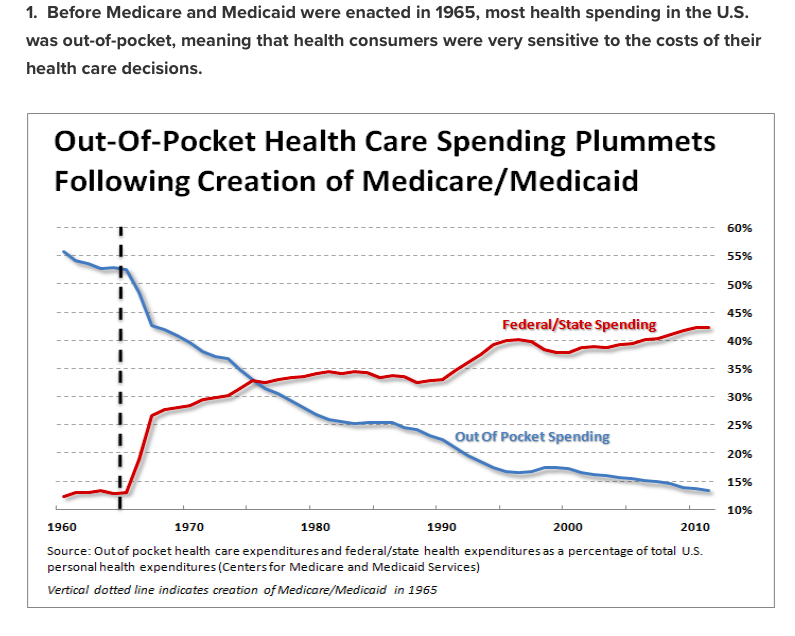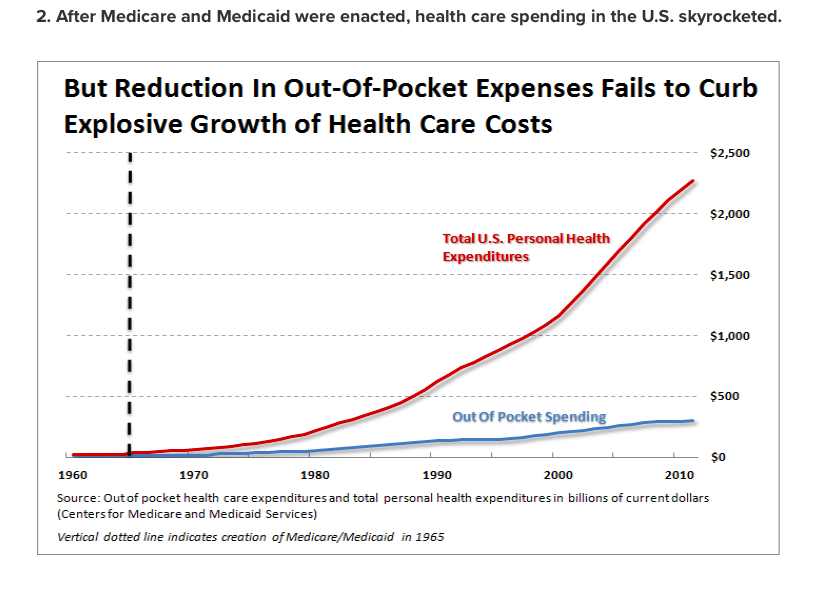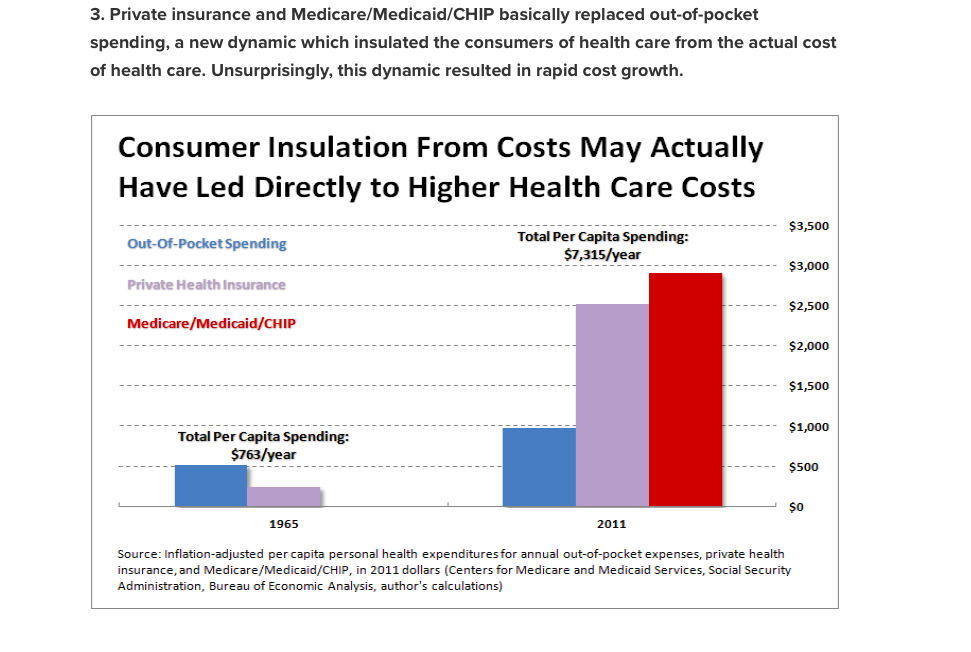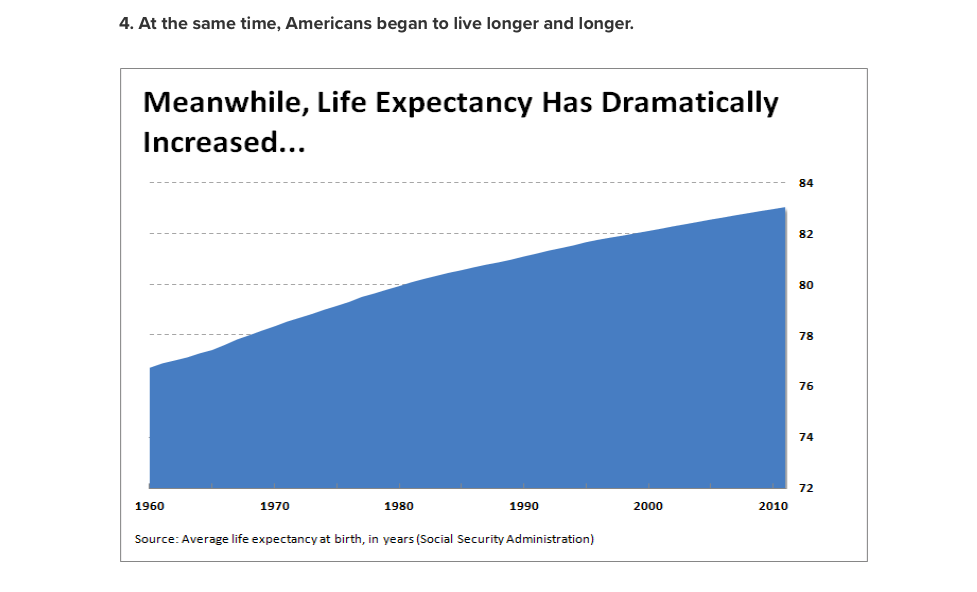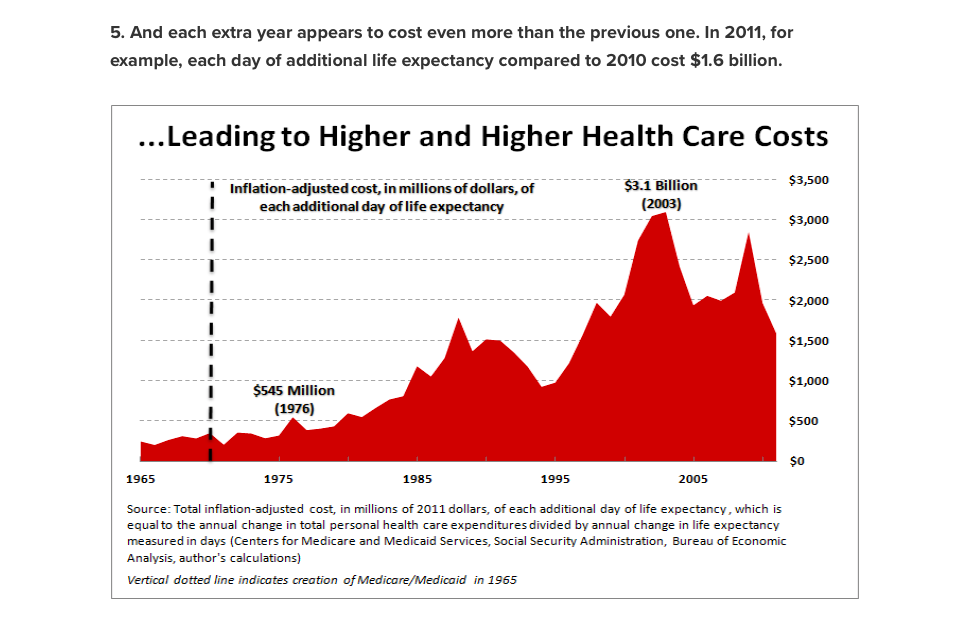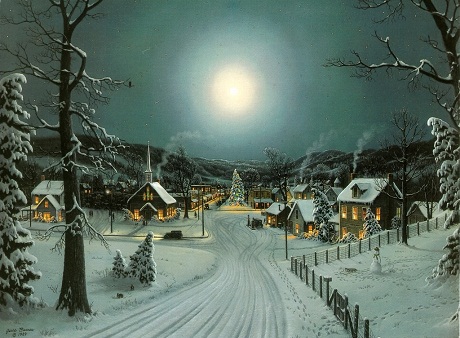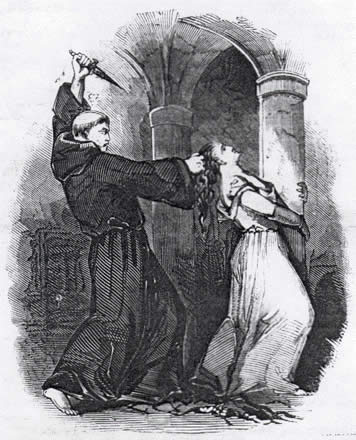1) Only 1 Percent Of The U.S. Labor Force Earns The Minimum Wage
Despite the hoopla surrounding the issue, only a tiny percentage of American workers actually earn the federal hourly minimum wage: 1 percent, to be exact. In 2012, the most recent year for which nationwide minimum wage data is available from the U.S. Bureau of Labor Statistics (BLS), roughly 1.5 million hourly workers were paid the federal minimum wage of $7.25. To put that into perspective, the U.S. labor force consisted of nearly 155 million workers in 2012.
2) Teenagers Comprise The Single Largest Age Group Of Minimum Wage Workers
Teenagers between the ages of 16 and 19 years comprise 31 percent of all minimum wage workers in the U.S. according to the BLS. Workers between 20 and 24 years of age comprise 24 percent of all minimum wage workers, those between 25 and 34 years comprise 15.5 percent, workers between 35 and 44 years comprise less than 10 percent, and those 45 years and up comprise roughly 20 percent of all minimum wage workers in the U.S.
3) Most Minimum Wage Workers Are Under The Age Of 25
According to federal data, over 55 percent of all federal minimum wage workers are under the age of 25. Unsurprisingly, young workers are also the most likely to be unemployed. As of last month, the unemployment rate for 16-to-19-year-olds was 20.2 percent, and the unemployment rate for 20-to-24-year-olds was 11.1 percent. The overall U.S. unemployment rate currently sits at 6.7 percent.
4) A Majority Of Those Who Earn The Minimum Wage Work In Food Preparation Or Sales
In addition to classifying minimum wage workers by age, BLS also categorizes them according to their industry and occupation. Data for 2012 indicate that most minimum wage workers work in “food preparation and serving related occupations” (26.1 percent of all minimum wage workers) or in “sales and related occupations” (25.5 percent of all minimum wage workers), an occupation that often pays commissions and bonuses in addition to fixed hourly rates.
5) Less Than 5 Percent Of People Who Earn The Minimum Wage Work In Construction Or Manufacturing
While there seems to be a persistent belief that a large number of minimum wage workers are salt-of-the-earth construction manufacturing types, that’s just not the case. In fact, less than 5 percent of all minimum wage workers are employed in the construction (0.8 percent) or manufacturing industries (3.3 percent) according to federal wage data. [Correction: exactly 5 percent of those earning the minimum wage work in construction (1 percent) or manufacturing (4 percent). I incorrectly used the “at or below minimum wage” column in the original version. Thanks to @aemathisphd for the correction.]
6) A Majority Of Them Also Worked Less Than 30 Hours Per Week
It is true that it is difficult to make a living when you earn only $7.25 an hour. It’s even harder to make a living when you don’t work full-time. BLS says that in 2012, 51.5 percent of U.S. workers earning the federal minimum wage – roughly 800,000 out of 1.5 million — worked an average of 29 hours or less each week.
7) Less Than One-Third Worked Full-Time
You read that correctly. Only 32 percent of the country’s minimum wage workers work full-time — 501,000 out of more than 1.5 million, to be exact. And of those 501,000 minimum wage workers who regularly put in a full work week, only 39 percent are men. Now, it can be argued that it’s not these workers fault that they’re unable to find full-time hourly work. However, Obama administration laws and regulations haven’t made it easier to find full-time work. Recently enacted laws like Obamacare have made the quest even more difficult by creating enormous incentives for employers to shift workers to part-time roles to avoid the health law’s onerous mandates and regulations.
8) A Full-Time Minimum Wage Worker In 2014 Will Make 24 Percent More Than The Federal Poverty Limit
A White House tweet and accompanying infographic from last August said, “It’s time to raise the minimum wage because nobody who works full-time should love in poverty.” But a little math and a quick look at the 2014 federal poverty guidelines show that a single individual who earns the current federal minimum wage and works full-time will earn $14,500 in a year (50 weeks per year x 40 hours per week x $7.25 per hour). By way of comparison, the federal poverty limit for 2014 for a one-person household is $11,670.
Wage income from a two-earner family with two kids where both adults earned the minimum wage would exceed the federal poverty limit by 22 percent: $29,000 in income compared to a four-member household federal poverty limit of $23,850. And that’s before federal benefits like Medicaid and food stamps are included.
9) One-Third Of Minimum Wage Workers Either Dropped Out Of Or Never Attended High School
Educational attainment is clearly a significant factor in determining a worker’s hourly wage. According to BLS, over 36 percent of minimum wage earners — 568,000 out of more than 1.5 million — lack a high school diploma. Only 4 percent of minimum wage workers have a bachelor’s degree or higher. That doesn’t mean a college education is best for everyone, but it does suggest that lacking one can make it more difficult to move up the pay ladder.
10) There Are Nearly Six Times More Minimum Wage Workers Today Than In 2007
In 1980, the number of minimum wage workers in the U.S. reached a peak of 4.7 million workers. At that time, the prevailing federal minimum wage was $3.10 an hour. In 2007, following more than two decades of economic prosperity, the number of Americans earning the minimum wage bottomed out at 267,000 workers. Since then, the number has risen dramatically, exceeding 1.5 million workers as of 2012, the most recent year for which data are available.
11) A Change In The Minimum Wage Often Triggers Union Wage Hikes And Benefit Renegotiations
The famous investment banker J.P. Morgan said something along the lines of, “Every man has two reasons for everything he does: a good reason and the real reason.” Giving minimum wage workers a little extra cash is the White House’s “good” reason for supporting a hike in the minimum wage. But what’s the real reason? Richard Berman, a union analyst, studied numerous union contracts and published his findings on their terms in the Wall Street Journal in 2013:
The labor contracts that we examined used a variety of methods to trigger the [wage] increases. The two most popular formulas were setting baseline union wages as a percentage above the state or federal minimum wage or mandating a ?at wage premium above the minimum wage.
Other union contracts stipulate that, following a minimum-wage increase, the union and the employer reopen wage talks.
[…]
Minimum-wage hikes are beneficial to unions in other ways. The increases restrict the ability of businesses to hire low-skill workers who might gladly work for lower wages in order to gain experience. Union members thus face less competition from workers who might threaten union jobs.
And there you have it. The “real” reason behind the minimum wage push is to pay back the labor unions who helped re-elect the president in the form of higher wages, increased negotiating leverage, and less competition for jobs. The president’s decision to unilaterally hike the minimum wage for federal contract workers to $10.10 an hour doesn’t really make sense until you view it through that lens (is there a critical mass of federal contractors who make only the minimum wage?).
Unfortunately, when it comes to politics, the good reason is rarely, if ever, the real reason.

